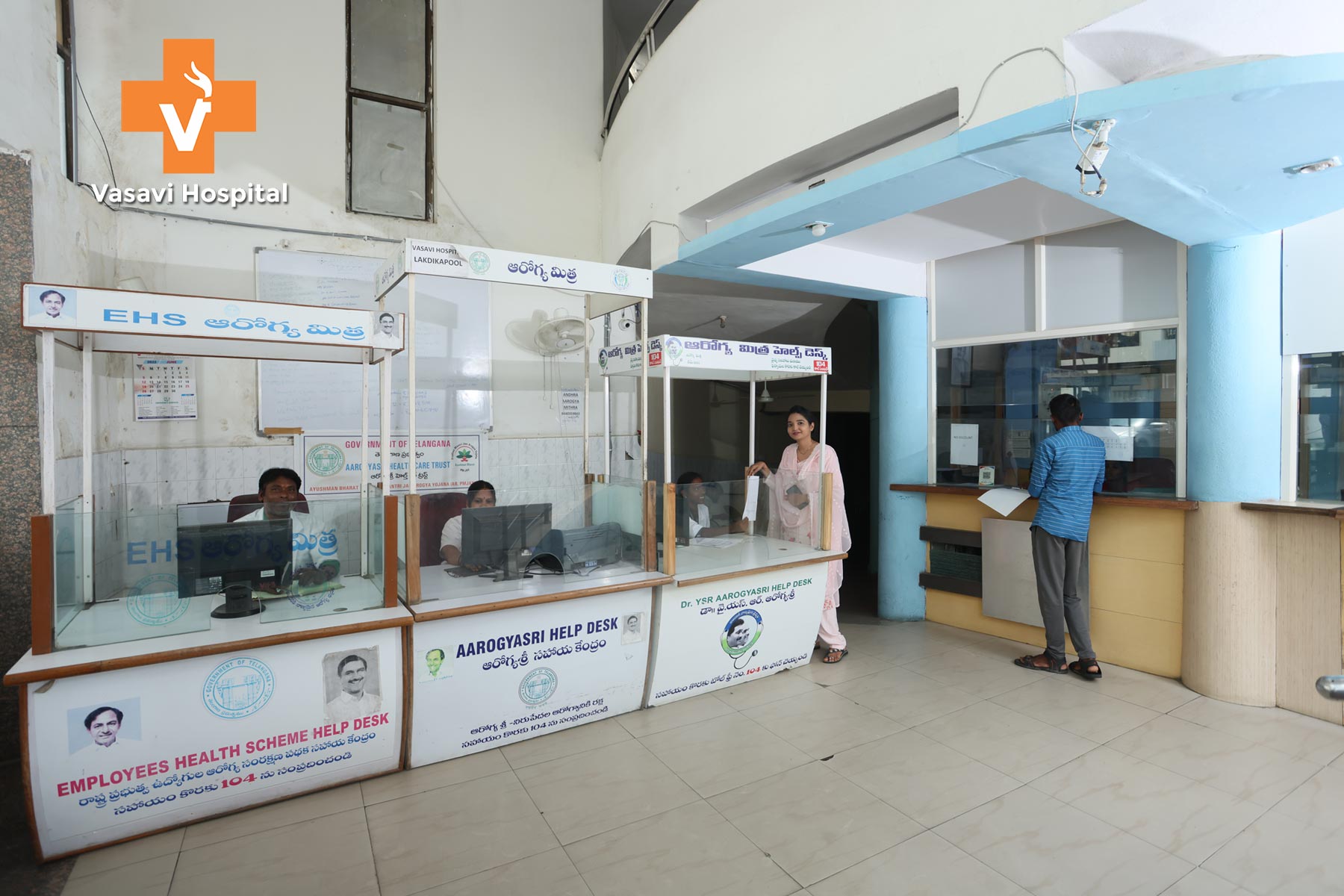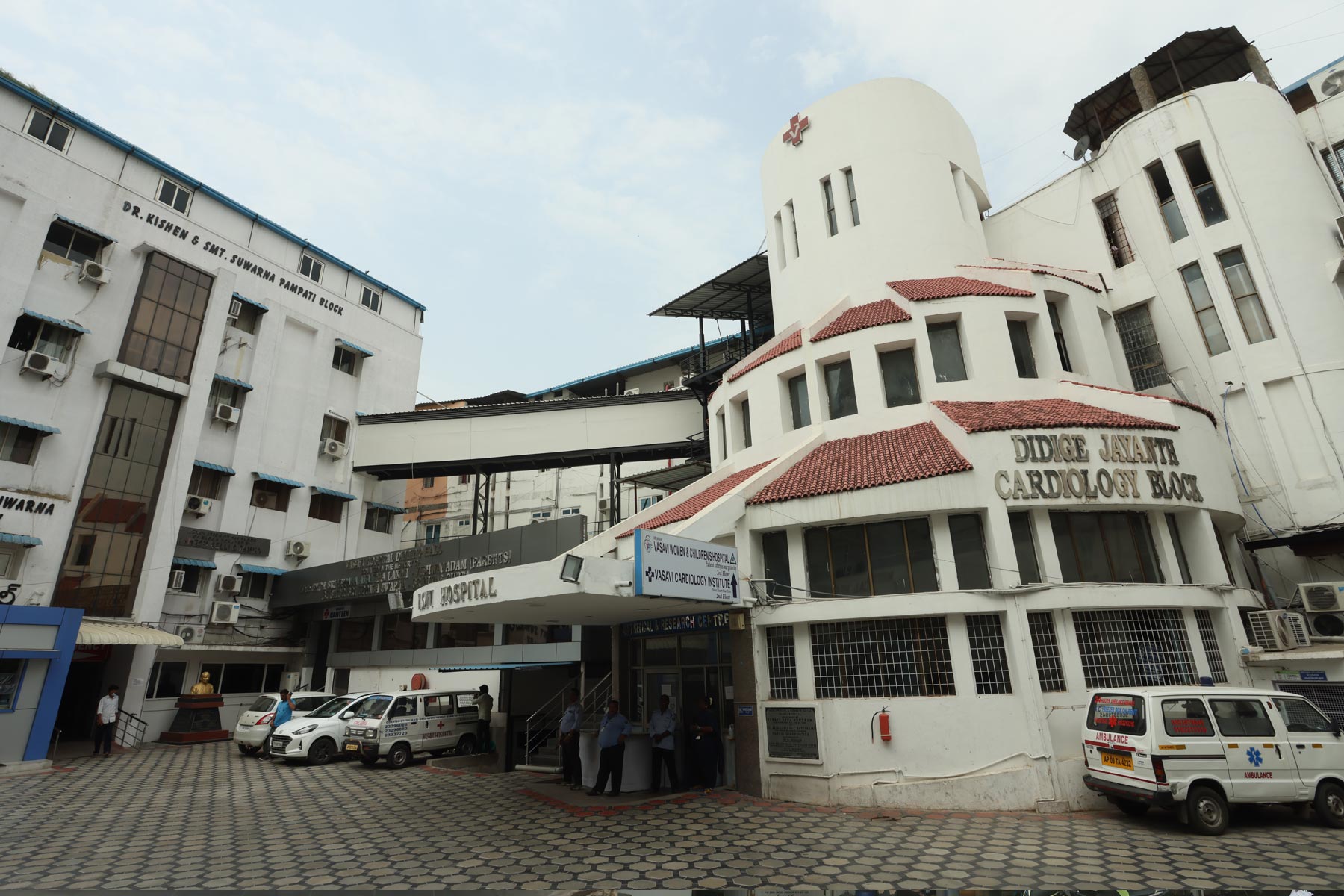
Vasavi Hospital - Affordable pricing
Vasavi Hospital - Affordable pricing
Price setting in healthcare
Healthcare pricing is complex and can be difficult to understand. This blog helps consumers better understand the prices they are being charged at Vasavi Hospital. What questions to ask their insurer and providers to get the information they need to make healthcare decisions. It also includes information for the uninsured on questions to ask and programs and coverage options for which they may be eligible. Since Vasavi Hospital is registered as a Seva Kendram, even the uninsured have lots of benefits.
This blog is for those who want to understand why a particular healthcare option is being affordable at Vasavi Hospital than when compared with market prices. Institutional care is a growing component of healthcare costs in low- and middle-income households. But local health planners have inadequate knowledge of the costs of different medical services. In India, greater utilisation of hospital services is driven both by rising incomes and by government insurance programmes that cover the cost of in-patient services. There is still a paucity of unit cost information from Indian hospitals. For most commodities, pricing is based on supply and demand. Unlike other commodities, payers and consumers of healthcare usually know far less than the ‘seller’ (i.e., the healthcare provider), who advises about which treatments or medicines are the best options - while concurrently having a financial interest in the ultimate decision on what option to use.
For many commodities, consumers assess the price and value of goods - in health, insurance insulates consumers from the full price. Given that accurate comparable information about prices and technical quality are frequently unavailable, the value of health services is difficult to assess. At the same time, demand for acute care and hospital services provided in times of health need is less responsive to price. This is why one sees a lot of price fluctuations in terms of services offered from one healthcare service provider to another. At Vasavi Hospital, due to the service motto of its origins from Vasavi Seva Kendram, the prices are usually marked up from the cost to the manufacturer to the end-user (the consumer) at the most minimal validation as possible.
Price Regulation in Healthcare
Price setting and systems of purchasing and dependent on key features of health systems that vary considerably across settings. Where there are robust regulatory systems in place, such a setting affects the degree of competition among purchasers and providers and the choice of payment and price negotiation methods. The strength of professional associations affects systems of education and self-regulation. Strong professional associations enable formal systems of representation for price regulation. In addition, market concentration is an important determinant of the price regulating power that ultimately affects prices to the end-user.
The capacity of the health purchaser is also another key determinant of the choice of payment methods, given that complex systems require a higher capacity to collect and analyse information, and still ensure standards of quality care. In some low- and middle-income settings, health laws may be weak or poorly enforced, which can result in technically substandard care. Formal systems of accreditation, which are assumed for corporate hospitals, may not exist or operate as focussed accreditation for specific services or categories of facilities. The foundation for payment systems, particularly for bundled payments, is clinical pathways that may not be implemented in all settings. The absence of these mechanisms limits choices and that is why we end up paying more at these big hospitals.
At Vasavi Hospital, the prices will always be affordable for the reason that the price is already set up at the most reasonable level - managing the negotiation and the payment methods equally well. Another factor is those price adjustments and add-on payments are common when prices are set unilaterally or negotiated collectively, to ensure that specific services or caring for specific populations are covered, particularly when there are additional costs of providing care.
Why is pricing at Vasavi Hospital affordable?
Price adjustments and add-on payments will become less when prices are set unilaterally or negotiated collectively, to ensure that specific services or caring for specific populations are covered, particularly where there are additional costs of providing care or it is considered unprofitable. Geographical price adjustments based on Telangana prices are marked to ensure that health facilities at our hospital are adequately priced and also compensated for factors outside management control. Prices are also adjusted to promote greater coverage of specific services or access for a specific level of household income. For example, our hospital introduced financial incentives for general practitioners to provide greater access to services through lower household incomes during the pandemic.
Also, most of our funds were made for goods that broadly benefit society and communities such as corona patients and public health activities that helped them recover better. Most of the prices are modified for activities related to education, research, and innovation as well as priorities including cancer treatment and palliative care. Ultimately, the amount of money we spend on healthcare is determined by the amount available to spend reasonably for the procurement of resources and medicines to provide the best possible care. We tried to answer a key question for pricing policy whether the prices are binding for providers or whether the providers such as ours are permitted to charge patients more than the regulated price for covered services.
There is balance billing which we are permitted for. In the case of balance billing, we can charge patients for amounts higher than the amount reimbursed based on the fixed or negotiated prices. In this case, the patient pays a very nominal difference. Where balance billing is permitted, some groups of patients may be excluded from the prices determined and face additional out-of-pocket fees that are generally waived off because of our service motto. This policy of fully reimbursing regulated prices influences the affordability of health care services to individuals at much lower prices.
So we would like to keep the prices as low and marginal as possible for low- and middle-income settings that are increasingly looking everywhere for useful experiences. Our management makes it their policy to continue to strive to align payment levels and rates with incentives for quality care. We have learnt that when we invest in data infrastructure and institutional capacities, planning the sequenced implementation of changes, using prices as instruments to drive health policy goals, and establishing systems of monitoring and evaluation to systematically identify adjustments and modifications to attain health objectives



0 comments